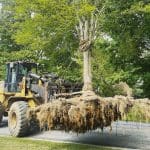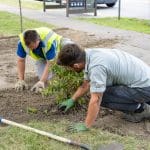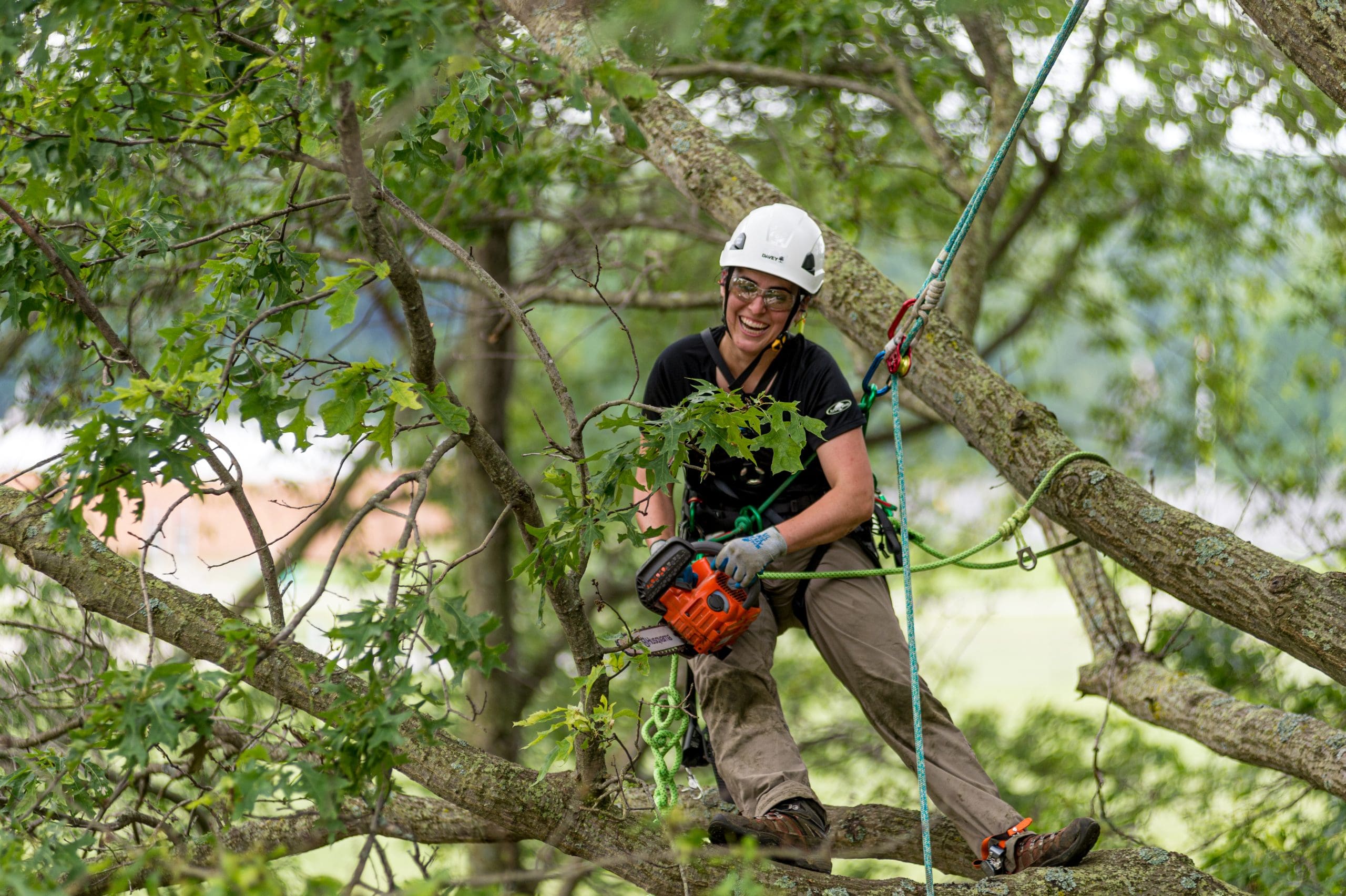
When Arbor Day was first founded in 1872, it was driven by J. Sterling Morton encouraging fellow Nebraska residents to plant trees across the territory. Now the day has become a time to celebrate the planting, upkeep and preservation of trees.
“Arbor Day renews my hope and optimism that as a community, we acknowledge trees, reflect on the challenges they face, and recommit to protecting our existing trees, and we plant more of them,” says Sam Hill, president of Sam Hill Tree Care, based in Dallas, Texas.
For Luann O’Brien, chief marketing officer for SavATree, based in Bedford Hill, New York, she says coming from a long line of conservationists Arbor Day reminds her of what a great place she is in being in the tree business as more people recognize the importance that trees play in the environment.
“Arbor Day serves as a reminder of the importance of trees and encourages individuals and communities to take action to protect and preserve them,” says Justin Lingo, president of GreenShade Trees, Inc. based in Yukon, Oklahoma. “Planting a tree is a small but meaningful way to make a positive impact on the environment and contribute to a sustainable future.”
The most common date for the state observance is the last Friday in April, but some states’ Arbor Days can coincide with the best tree planting weather, from January and February in the south to May in the far north. Charles Shonts, district manager of The Davey Tree Expert Company’s Naperville, Illinois, office, says because the date it falls on Arbor Day means spring is starting and they’re getting ready to see trees and flowers start to bloom.
“In general, it gives me a special day to educate people, particularly kids, about trees,” says Scott Jamieson, vice president of Bartlett Tree Experts, based in Schaumburg, Illinois. “Over the years I’ve done it in the form of tree planting or a little tree program where you take the kids out, you plant a tree and you talk about trees. We try to do that all year round, but it’s a day to celebrate trees and I always like to do with kids because trees represent the future, as do kids.”
Why Celebrating Is Important
Celebrating Arbor Day allows people to reflect on how special trees are and brings awareness to their impact, just like any other awareness day. Jamieson says Arbor Day isn’t just about the trees of today but what trees will do in the future.
“When you plant a tree, it’s projecting hope into the future,” he says.
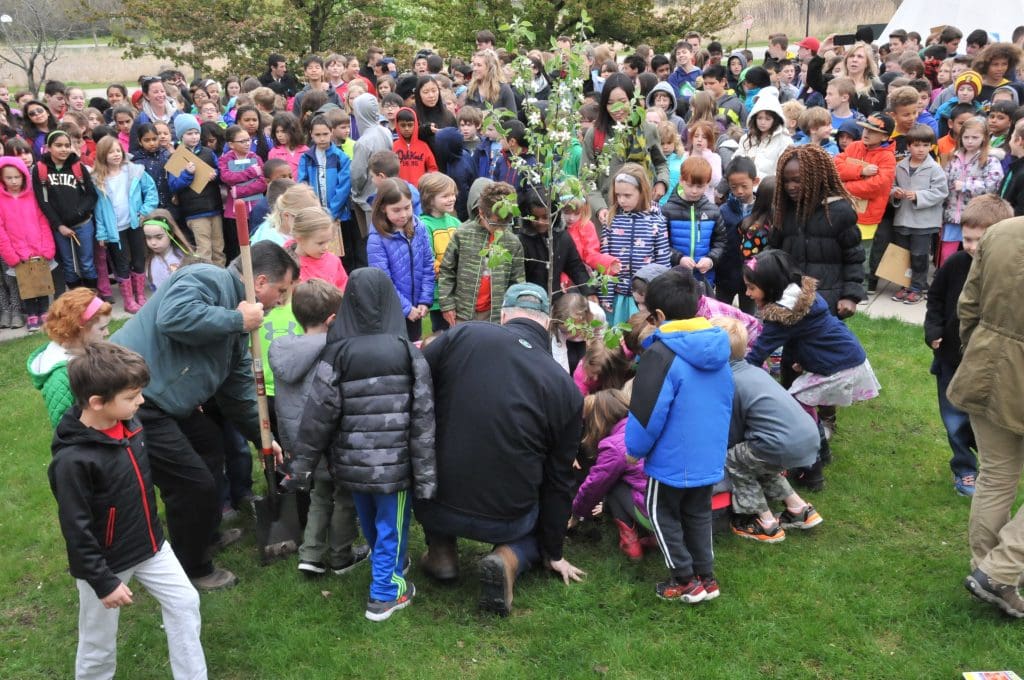
Hill adds that trees are an integral part of the well-being of humankind.
“Studies show that a healthy, vibrant urban forest reduces crime, increases property values, shortens hospital stays, increases time spent exercising and engaging in physical activity, decreases stress, reduces urban heat islands, etc.,” Hill says.
Additionally, trees provide shade, improve air and water quality, reduce erosion, absorb carbon dioxide and provide habitats for wildlife.
“Celebrating Arbor Day helps to promote a sense of community and encourages people to come together to work towards a common goal,” Lingo says. “Planting trees is a collaborative effort that can involve individuals, businesses, and local organizations, and can help to create a sense of shared responsibility for the environment.”
O’Brien says celebrating Arbor Day is also a chance to engage with the next generation.
“Arbor Day gives us a great opportunity, certainly us as a company, to touch the hearts and minds of people when it comes to their own love of trees,” O’Brien says.
Arbor Day also serves an opportunity to educate people on the value of trees and their impact on their daily lives.
“By raising awareness about the benefits of trees, we can encourage more people to take action to protect and preserve them, and to promote sustainability and environmental stewardship,” Lingo says.
Educating Clients on The Value of Trees
However, you don’t have to save educating clients on the value of trees for this one day. Many tree care companies choose to communicate the benefits of trees to their customers regularly. Hill says often people become anxious about trees near their home when destructive weather events occur.
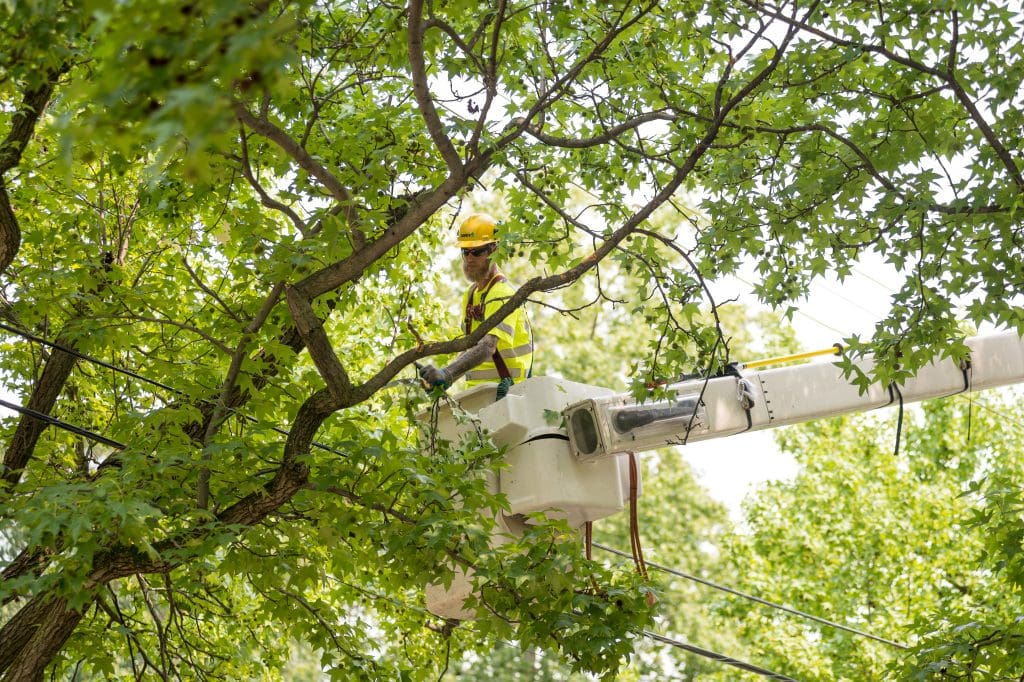
“For this reason, an essential but often overlooked arborist service that we provide is helping tree owners understand the risks that trees pose,” Hill says. “They are familiar with the benefits of the trees and, at the same time, fearful of what might occur if a tree falls. We provide the expertise to help clients put risks related to trees in context, evaluate the risk according to their own risk tolerance, and help them understand how to manage the actual risks of trees while still enjoying the myriad benefits of trees.”
Many of the companies have cited increased interest from customers in installing and preserving their trees as the public’s awareness of tree benefits has spread.
“I always tell students at NCLC or other events when we recruit there’s never been a better time to be involved in this industry,” Jamieson says. “The awareness has never been higher.”
Caring for Newly Planted Trees
Jamieson and Hill say the first key to successful tree installation is selecting the right tree for the right location. Advise clients to select a species that is adapted to that region and has room to grow. After planting the tree properly, the main care steps are pruning for good structure, adequate watering and proper mulching.
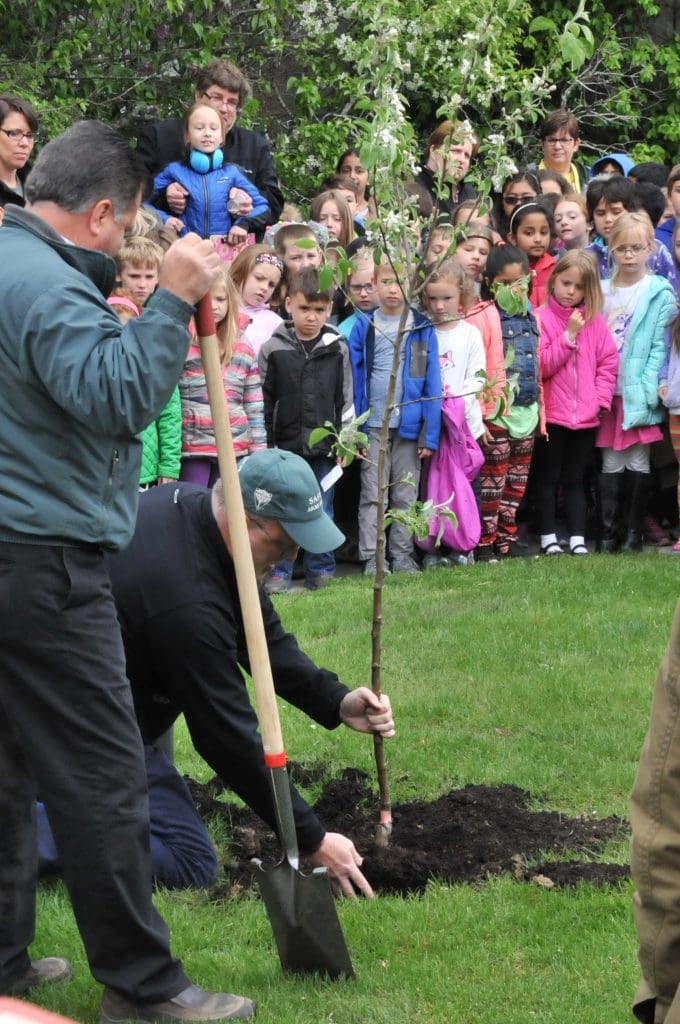
“Pay daily attention to your newly planted trees and work according to their immediate needs for survival (water when the soil is dry, prune problematic branches, remove competing plants, stake a tree to prevent excessive wind damage, etc.),” says Crystal Sizemore, sales coordinator for GreenShade Trees.
Shonts agrees watering is one of the best ways clients can care for their newly planted trees.
“Trees are like people in the fact that they need water to survive,” Shonts says. “A watering bag at the base of a tree can be a great reminder and way to regulate how much water the tree receives.”
Hill notes proper mulching goes a long way toward getting a new tree off to a good start.
“The mulch ring should be wide, at least as wide as the planting hole, but shallow,” Hill says. “Mulch depth should be about 2-4” thick. The mulch should not come into contact with the trunk. It is helpful to think of the mulch ring like a doughnut with no mulch in the center touching the trunk and then spreading to the edge of the root ball of the canopy.”



